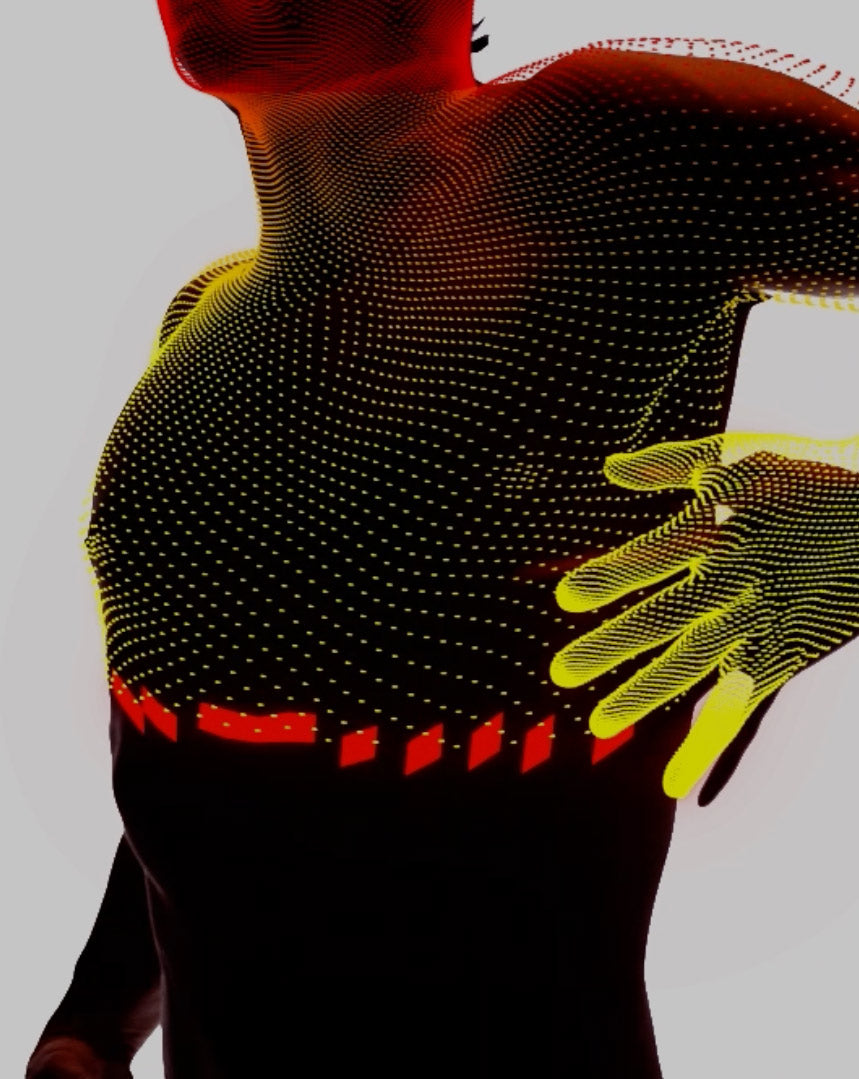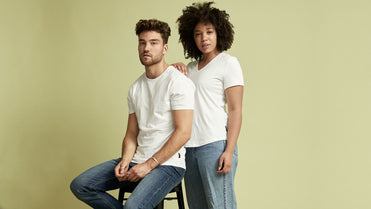Did you know that the very first American flag was hemp? As was Levi’s first pair of jeans? Or that until the 1920's, 80% of clothing (yes, eighty!) in the US was made from hemp?
There’s good reason why hemp is dubbed ‘The Miracle Plant’ and at Citizen Wolf we’re proudly playing our part in the renaissance of this incredible fabric. Sadly, there's also a lot of misinformation and confusion about hemp generally, including the fact that Facebook retains a nonsensical ban on any advertising for hemp products even though they're good for you and for the planet.
So in the spirit if singing the praises of this unsung hero, here's 8 more things you probably didn’t know about hemp…
1. HEMP IS ONE OF THE OLDEST KNOWN CULTIVATED FABRICS

The use of Hemp for textiles is so old that it’s still debated when and where it was first cultivated. It’s been suggested to date back to 8000 BC in the Middle East and the word ‘canvas’ is actually derived from the ancient Scythian word for hemp.
"Hemp fueled the early Asian economies and could be considered the world’s first cash crop” - James Sol Radina, History of Hemp, 2016
2. HEMP USES 50% LESS WATER TO GROW THAN CONVENTIONAL COTTON

Overall water usage for paddock retted hemp can be up to 4x less than cotton.
3. HEMP REQUIRES LOW TO ZERO PESTICIDES

Hemp is naturally organic and requires no herbicides or pesticides.
4. HEMP CAN TRAP 1.63 TONNES OF CO2 PER TONNE OF HEMP HARVESTED
High biomass crops like hemp are also able to sequester large amounts of carbon through boring old photosynthesis. In fact hemp can trap 1.63 tonnes of CO2 per tonne of hemp harvested (or 10 tonnes per acre), which is roughly 230% more than the equivalent fast-growing Eucalypt forest in a year. And when the hemp is turned into products that permanently lock up the carbon such as hempcrete and other building materials, it becomes an incredibly efficient 100% natural carbon capture system.
5. HEMP ROOTS REGENERATE SOIL

Hemp has a large tap root capable of penetrating deep into the soil to pick up water and nutrients. These deep roots prevent erosion and also aerate the soil leaving it rich for the next crop. And when the traditional paddock or ‘dew’ retting process is used, hemp also returns 60-70% of the nutrients it takes back into the soil, making it the perfect rotation crop for farmers already growing soy or corn.
Even more incredible is the ability of hemp to leave soil in far better condition than when it started via a process called ‘phyto-remediation’ whereby hemp locks up pollutants such as heavy metals by absorbing them through the roots.
The Ukraine used industrial hemp to assist with the cleanup of the Chernobyl site, naturally removing radioactive elements from the soil and groundwater.
6. HEMP HAS 3X THE TENSILE STRENGTH OF COTTON

Hemp does soften over time although it takes much longer than either cotton or linen due to the high tensile strength and durability. It is less likely to succumb to wear and tear over time, meaning less consumerism over the long term.
7. HEMP IS UV RESISTANT

Hemp clothing is in the top tier percentiles for UPF 50+ and is 99.9% effective in blocking UV-A and UV-B rays. Comparable to linen, hemp is extremely breathable and thermo-regulating, keeping you cool in the Aussie summer and warm in winter by trapping a layer of air between your skin and the garment. Hemp is anti-bacterial and which also makes it resistant to mould and mildew.
Hemp is 99.9% effective in blocking UV-A and UV-B rays
8. HEMP RETAINS COLOUR MORE THAN ANY OTHER FABRIC

Another advantage of hemp is that because it is so highly absorbent, it makes it easy to dye and holds its colour for longer than other fabrics… on that note, we have launched x6 new hemp colours, available on our website now.
At Citizen Wolf we believe that looking good and doing good can be done hand in hand. Shop your values this Summer with our 160GSM Hemp Tees blended with organic cotton for the ultimate softness.
“Hemp has been one of the most significant crops for mankind up until this last century. It is astonishing to see how the widespread use of hemp has been deteriorated to such an extent that people barely recognize it as anything but a plant that ‘gets you high’.” - From MIT’s journal The Thistle








